One of the great mysteries which stumped The early gold rush pioneers was the gold they found in metro-Denver, and south of there, which seemed to have no upstream source. This mystery was highlighted several times in the early stages of the gold rush:
– decent gold found in spring 1850 in lower Ralston Creek by Louis Ralston brought William Greenberry Russell and his Cherokee friends back to the front range in 1858 but they found very little gold in upper Ralston Creek and no signs of a source lode deposit;
– decent gold in the South Platte River through what is now the City & County of Denver but only trivial amounts of fine gold just a bit upstream in Littleton and Englewood;
– in Cherry Creek and it’s feeder creeks from Elbert County, through Douglas County into Denver but again, no upstream lode source.
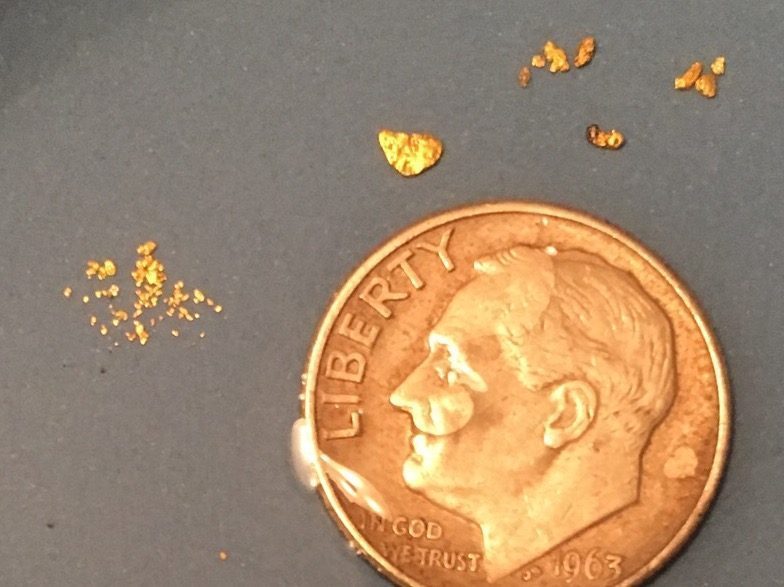
The solution to this mystery was finally documented in a PhD thesis in 1933 where the author shows that the gold in metro Denver was washed out of the mountains to the west during a period of extremely wet, tropical weather between 50 and 30 million years ago. This created the layer of bedrock known as the Castle Rock Conglomerate. You can see this layer on top of the eponymous pillar of stone in the town of Castle Rock south of Denver, but that layer of material covered much of metro Denver and beyond and still lays hiding underneath some of the metro area. You can read the whole thesis here if you are in the mood:
However, the key fact this writer missed, which was only sorted out later, is that you ONLY find gold in the Castle Rock Conglomerate where there is ALSO Coal Creek Quartzite. Coal Creek Quartzite is a purple/white quartz which only occurs in the hard rock of Coal Creek and nowhere else along the front range of the Colorado Rockies. This indicates the source of the gold being exclusively in the Coal Creek Canyon area of western Boulder County. The conglomerate west of a certain point in Douglas County is barren of the gold and the quartzite, indicating the source material forming the western part of the conglomerate was tributaries flowing from west of Castle Rock, rather than from the north. Sadly, those tributaries were not gold bearing. As a result, for example, there is no gold in Plum Creek in the town of Castle Rock and no gold in the creeks flowing out of the foothills in southern Jefferson County. This solved a mystery I’d puzzled over for a while.
The other interesting bit is plotting the path of the quartzite thru metro Denver. It explains the better gold in the eastern part of Ralston Creek (vs. upstream) and the better gold in the S Platte from Dartmouth north (again vs. upstream) … and even some of the variance in Clear Creek perhaps. This also gives us a hint of what to look for in other, smaller, metro-Denver creeks. Mind blown!
There is another interesting article on this gold deposit from another writer who talks about Newlin Gulch, just southwest of Parker. That area saw significant commercial open pit and drift mining starting in the late 1800’s. The gold was from that same decomposed Castle Rock formation.
There was clearly a river which ran easterly and southerly from Coal Creek Canyon in Boulder County during that wet tropical period of geologic history. That ancient river carried the gold, the quartzite and lots of river cobble. It traveled south through Broomfield, Wheat Ridge and western Denver before turning easterly through the area between the modern South Platte and Cherry Creek in Arapahoe County and then onward more southeasterly through Parker, Franktown, Russell Gulch and even into Elbert County. Here is the Newlin Gulch article:
All of this helps explain why the gold in some parts of metro Denver is ‘better than it should be’ considering the weaker gold occurrences upstream of town. With a little map study, this can also inspire the modern gold panner to explore new areas of town. Small creeks may be exposing area of decomposed Castle Rock formation with very good gold in their modern creek beds as a result. I know from experience that this is true in several creeks! Find your gold!!
There are more clues about where to dig metro Denver placer gold in my book. If you want to learn more about it, and perhaps buy a copy, check out my article here. To learn about all the Finding Gold in Colorado books, start here.
If you like this website, consider supporting it by doing some of your Amazon shopping or prospecting supplies shopping through our affiliate links. It won’t cost you a penny extra, but a small referral fee will come to us for every purchase. Start here.
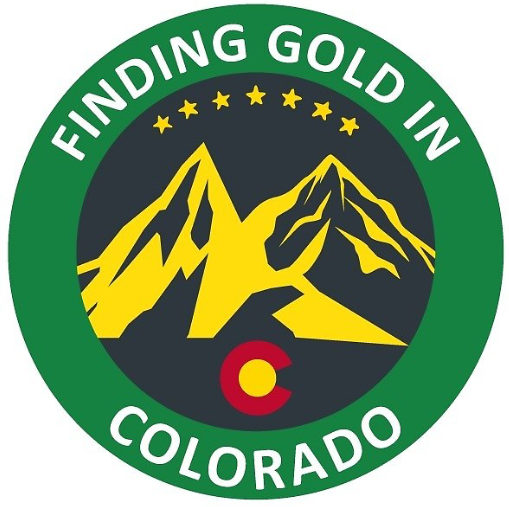
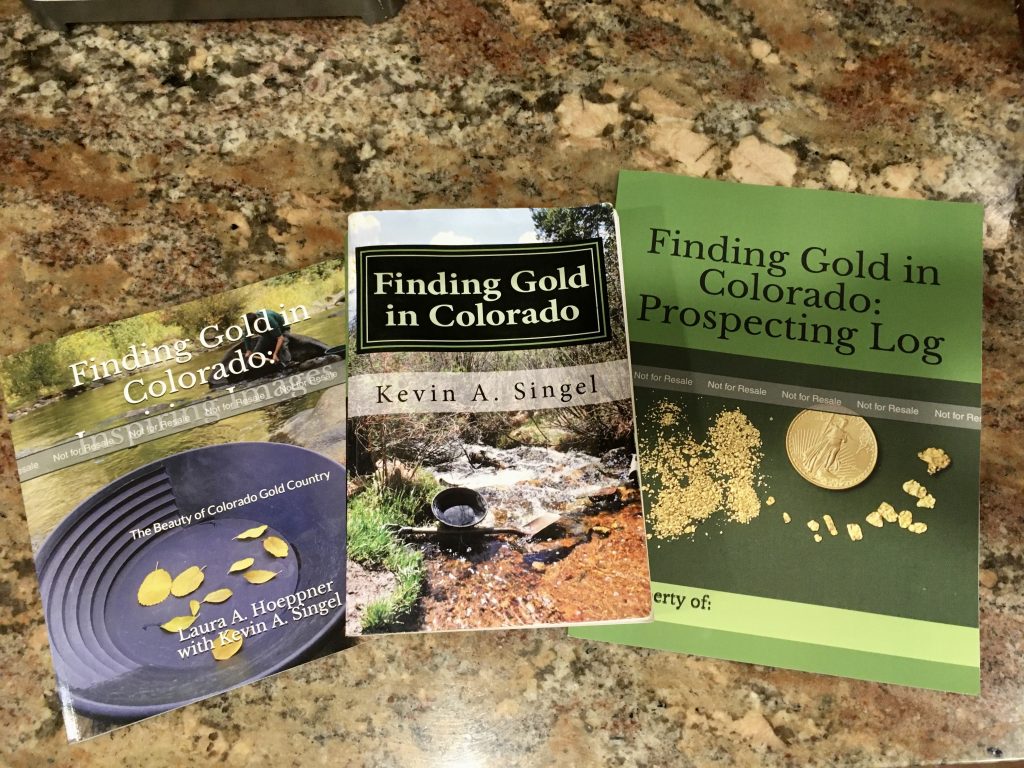

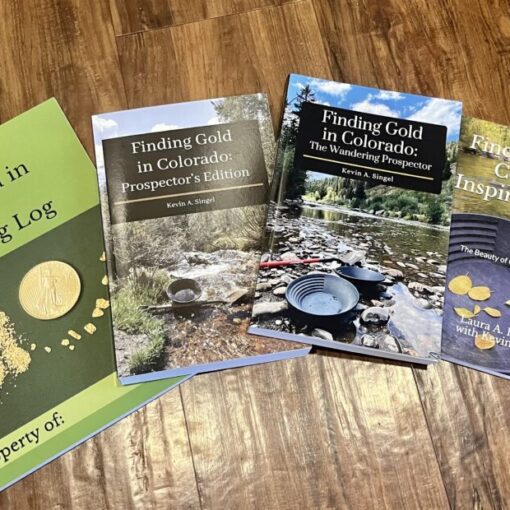
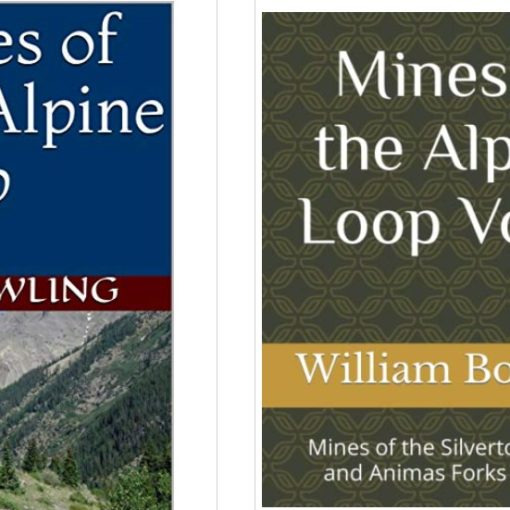


2 thoughts on “Castle Rock Conglomerate gold in metro-Denver”
Castlerock (when refering to the town at least) is two words, Castle Rock.
Thanks for the correction, I have modified the article. Have a great day on the gold some time soon!